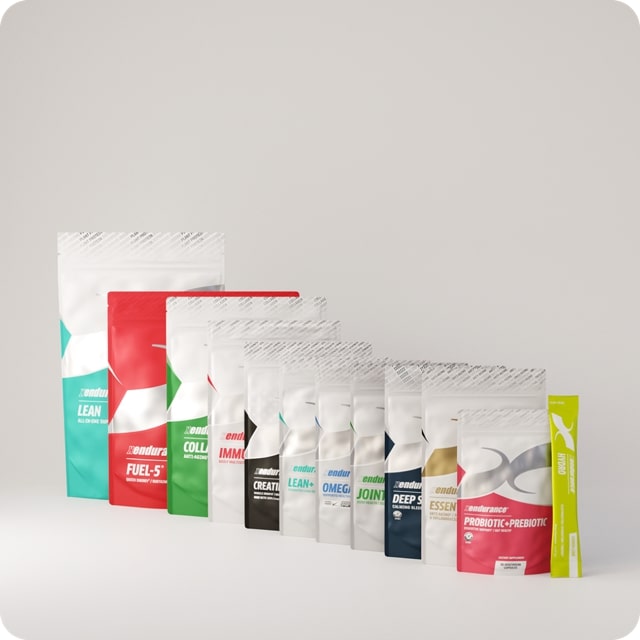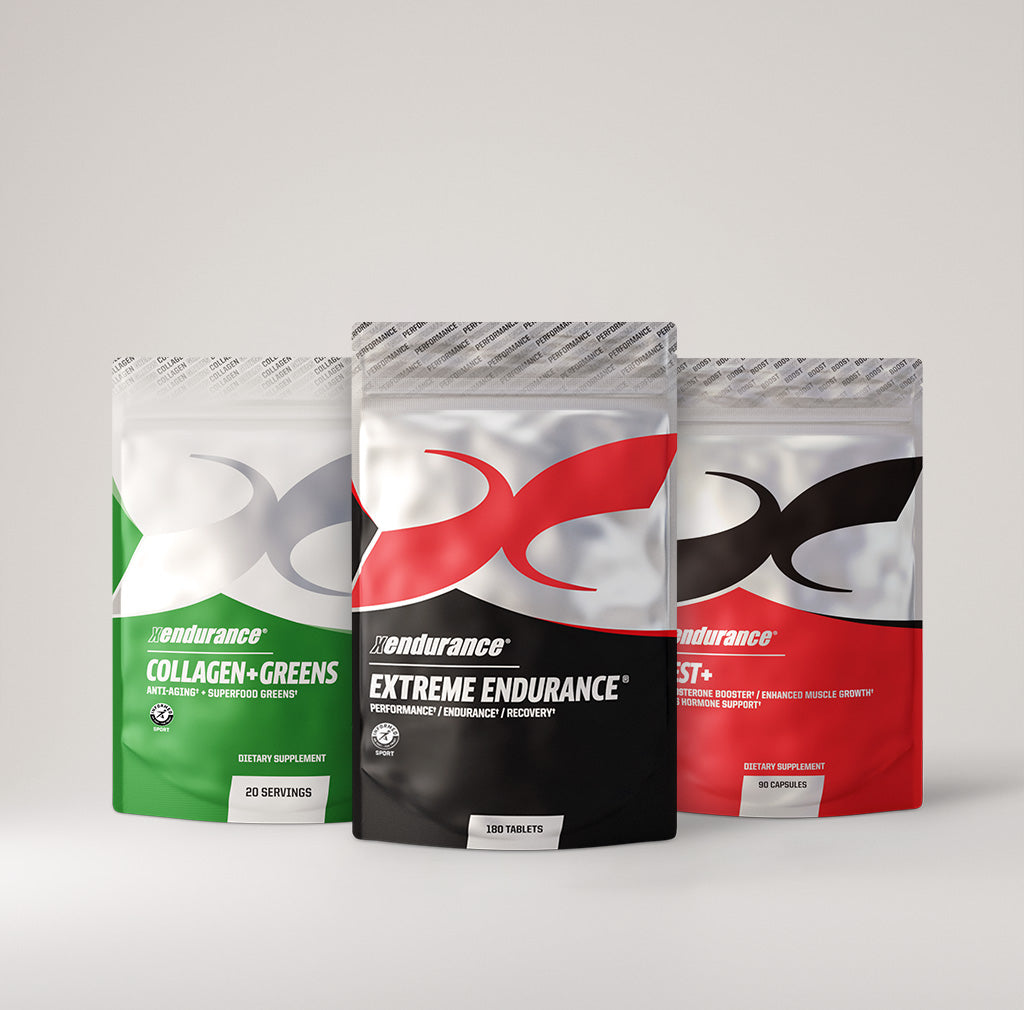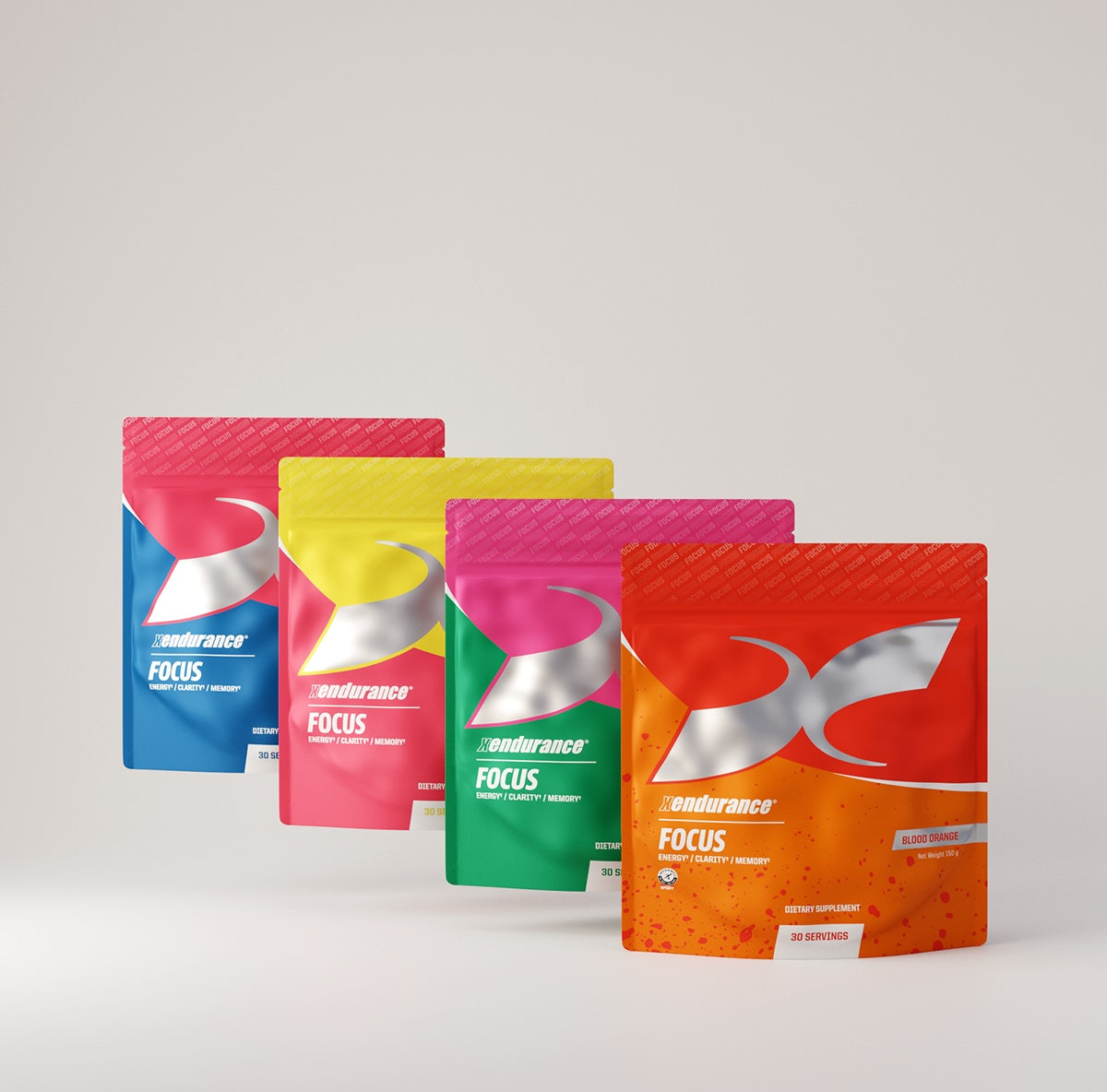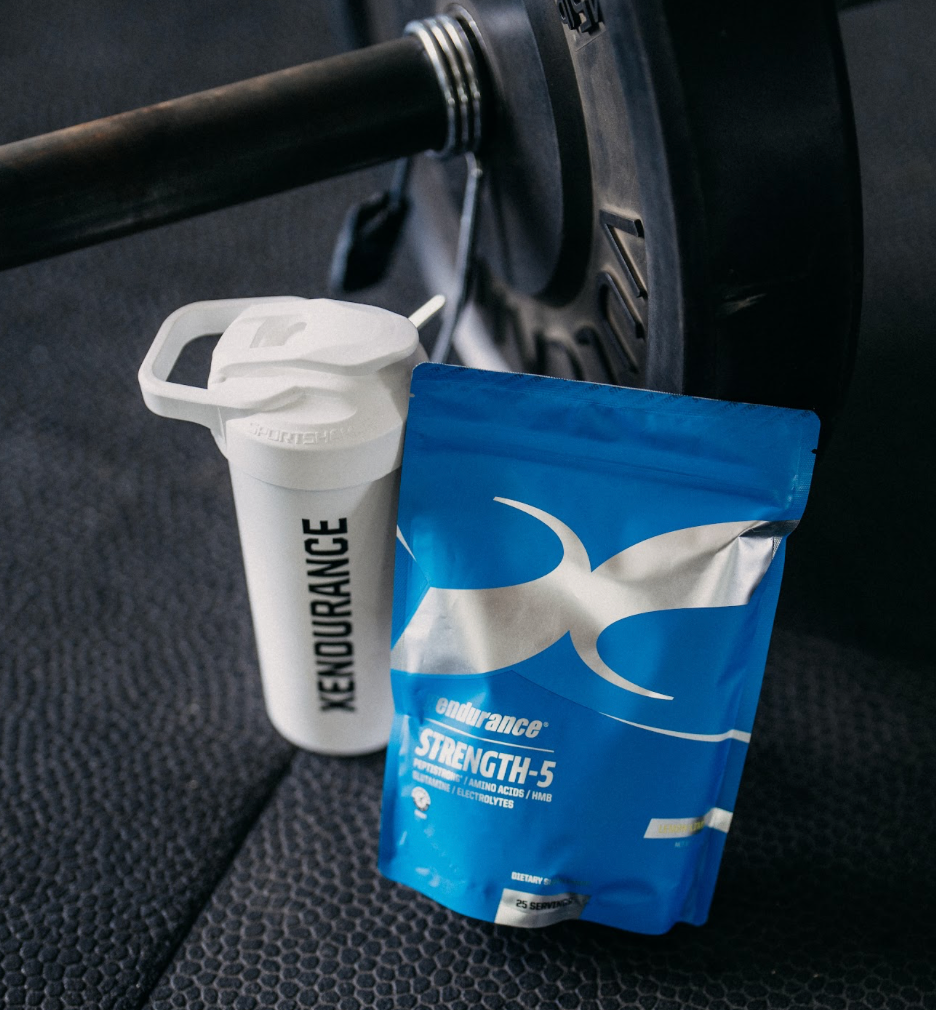In the world of fitness and health, building strength is a goal shared by athletes, bodybuilders, and everyday gym-goers alike. While resistance training and proper nutrition form the foundation, amino acids play a pivotal role in this process. These microscopic compounds are the unsung heroes behind muscle repair, growth, and overall physical performance. But what exactly are amino acids, and which ones specifically help build strength?
Amino Acids Beyond the Hype
Amino acids aren't just buzzwords in supplement aisles; they're essential for anyone looking to enhance power, endurance, and recovery. Research shows that targeted amino acid intake can significantly boost muscle protein synthesis, the process where your body builds new proteins to repair and grow muscle tissue. For instance, studies have demonstrated that supplementing with essential amino acids can increase lean body mass and strength, particularly when combined with exercise. Whether you're lifting weights or engaging in high-intensity training, understanding amino acids can transform your results.
Backed by scientific insights, this blog aims to empower you with knowledge to optimize your strength-building journey - and maybe lose some unwanted pounds as well.
What Are Amino Acids?
Amino acids are organic compounds that serve as the building blocks of proteins. There are 20 standard amino acids, categorized into three groups: essential, non-essential, and conditional. Essential amino acids (EAAs) cannot be produced by the body and must be obtained through diet or supplements—these include histidine, isoleucine, leucine, lysine, methionine, phenylalanine, threonine, tryptophan, and valine. Non-essential amino acids, like alanine and asparagine, are synthesized internally, while conditional ones, such as arginine and glutamine, become essential during stress or illness.
At a molecular level, amino acids link together in chains to form proteins, which make up muscles, enzymes, hormones, and more. For strength building, they're crucial because they facilitate muscle hypertrophy—the increase in muscle size—and repair micro-tears from workouts. Science highlights their role in metabolic pathways; for example, branched-chain amino acids (BCAAs) like leucine activate the mTOR pathway, a key regulator of protein synthesis. Without adequate amino acids, your body struggles to recover, leading to stalled progress or even muscle loss.
In essence, amino acids are like bricks in a wall: the right combination builds a sturdy structure. For strength-focused individuals, prioritizing EAAs ensures your body has the raw materials for peak performance.
Benefits of Amino Acids for Building Strength
The benefits of amino acids extend far beyond basic nutrition—they directly influence strength gains through multiple mechanisms. Primarily, they promote muscle protein synthesis (MPS), which is vital for repairing and enlarging muscle fibers after resistance training. A study on amino acid supplementation found it increased muscle mass, strength, and physical function in older adults, suggesting broader applicability for all ages.
Amino acids also reduce muscle fatigue and soreness. BCAAs, in particular, help mitigate exercise-induced damage by providing energy during workouts and aiding recovery. Research indicates that BCAA supplementation can decrease muscle soreness and improve performance in subsequent sessions. Additionally, they support hormone production; leucine, for instance, stimulates growth hormone release, enhancing muscle growth and repair.
From an energy perspective, amino acids like alanine and proline improve endurance by supporting ATP production, allowing for longer, more intense training sessions. They also bolster immune function, preventing overtraining-related illnesses that could derail progress. Overall, incorporating amino acids into your regimen can lead to faster strength gains, better recovery, and sustained motivation.
Benefits of Each Amino Acid for Strength
While all amino acids contribute to health, certain ones shine for strength building—the nine essential amino acids (EAAs) that your body can't produce on its own. These must come from diet or supplements and are critical for muscle protein synthesis (MPS), repair, and growth. Let's break down the key players:
- Leucine: Often called the "king" of amino acids, leucine triggers MPS via the mTOR pathway, directly promoting muscle growth and hypertrophy. It also regulates blood sugar and aids wound healing. Studies show leucine supplementation enhances protein synthesis, increases muscle strength, and improves lean body mass, especially in older adults or when combined with exercise.
- Isoleucine: This branched-chain amino acid (BCAA) supports energy production and muscle repair by increasing glucose uptake in muscles, helping prevent catabolism (muscle breakdown) during intense workouts. Research indicates it contributes to muscle protein synthesis, reduces post-exercise soreness, and aids recovery, making it ideal for strength athletes.
- Valine: Completing the BCAA trio, valine boosts endurance and reduces fatigue by competing with tryptophan for brain entry, potentially delaying mental exhaustion. It's crucial for maintaining nitrogen balance, essential for muscle maintenance and growth. When combined with other BCAAs, it may enhance muscle protein synthesis and support energy during training.
- Lysine: An essential building block for protein synthesis, lysine promotes muscle growth, recovery, and strength by preventing protein breakdown. Studies suggest lysine-rich diets or supplementation can enhance muscle strength, particularly in older adults, and support satellite cell activation for hypertrophy.
- Threonine: This EAA supports overall protein synthesis and plays a key role in producing collagen and elastin, which strengthen connective tissues and joints to support heavy lifting. It may improve muscle contractions, promote muscle gain, and aid recovery, contributing to better strength and tissue repair.
- Phenylalanine: As a precursor to tyrosine and neurotransmitters, phenylalanine helps build proteins essential for muscle tissue. It may improve muscle composition, amino acid profiles, and glycogen content, indirectly supporting strength gains and performance during exercise.
- Methionine: This sulfur-containing EAA aids in tissue growth, metabolism, and detoxification, while its anti-inflammatory properties support muscle recovery post-workout. Research shows methionine supplementation can promote skeletal muscle growth, improve strength in combination with resistance training, and enhance markers of muscle health.
- Histidine: Essential for producing histamine and carnosine (a muscle buffer), histidine helps delay fatigue during high-intensity sets by reducing acid buildup. It supports muscle endurance, reduces damage and inflammation after exercise, and may improve functional capacity and strength when supplemented.
- Tryptophan: This EAA influences serotonin production for better mood and sleep, crucial for recovery, while directly stimulating IGF-1 (insulin-like growth factor) to promote muscle protein synthesis and mass. Studies indicate tryptophan supplementation can enhance muscle development, nitrogen balance, and fat catabolism in muscles.
Tailoring intake to these EAAs through balanced nutrition or targeted supplementation can maximize strength benefits and support optimal muscle building.
Where Can You Find Amino Acids in Food?
Nature provides abundant amino acid sources, making it easy to fuel strength through diet. Complete proteins—containing all nine EAAs—are found in animal products like eggs, which offer high bioavailability and support MPS better than many plant sources. Chicken, fish (e.g., salmon for omega-3 synergy), and beef are rich in BCAAs, providing leucine for muscle growth.
Dairy options such as Greek yogurt and cottage cheese deliver leucine and valine, ideal for post-workout snacks. For plant-based eaters, combining incomplete proteins is key: quinoa and soy products like tofu are complete sources, while pairing brown rice with beans ensures a full EAA profile. Nuts (almonds, peanuts) and seeds offer isoleucine and valine, supporting energy during strength sessions.
Legumes, lentils, and chickpeas provide threonine, while oats and whole grains add glutamine precursors. Aim for 1.6-2.2 grams of protein per kg of body weight daily to hit amino acid needs, focusing on diverse sources for optimal strength building.
Is Supplementation a Beneficial Way to Get Daily Amino Acids?
Supplementation can be highly beneficial, especially for those with high training demands or dietary restrictions. It ensures precise EAA intake, promoting MPS and recovery when whole foods fall short. For athletes, BCAA or EAA supplements enhance performance, reduce fatigue, and support muscle preservation during deficits.
Pros include convenience—powders or capsules fit busy lifestyles—and targeted dosing, like 5-10g of BCAAs pre-workout. Science backs this: EAA supplements improve mood, exercise recovery, and wound healing. However, risks exist; over-supplementation may strain kidneys in those with pre-existing issues, and it's no substitute for a balanced diet. Vegans or older adults benefit most, but consult a doctor to avoid imbalances.
Do Amino Acids Help Lose Fat?
Amino acids indirectly aid fat loss by preserving muscle mass during calorie deficits, boosting metabolism since muscle burns more calories at rest. BCAAs, for example, reduce body fat percentage in hypocaloric diets by enhancing energy expenditure. Studies show low-BCAA diets promote leanness in mice, but human results vary. They don't directly "burn" fat but support sustainable weight loss through better recovery and satiety.
Spotlight on Xendurance's Newest Product: Strength-5
Xendurance's newest product, Strength-5, is a cutting-edge supplement formulated to amplify strength gains through a blend of key amino acids and performance enhancers. Designed for athletes seeking peak muscle building and recovery, it features a unique matrix including BCAAs, taurine, and other EAAs to maximize creatine effectiveness and support ATP production. Benefits include enhanced muscle synthesis, reduced fatigue, and improved endurance, making it ideal for strength training. While specific ingredients like leucine and valine drive its efficacy, users report faster recovery and increased power output. As a certified sport product, Strength-5 aligns with clean supplementation standards, though always pair it with training for best results.
Empowering Your Strength Journey: Final Thoughts on Amino Acids
Amino acids are indispensable for building strength, offering benefits from muscle growth to enhanced recovery. By understanding their roles, sourcing them from foods like eggs and quinoa, and considering supplementation wisely, you can elevate your fitness game. They even support fat loss indirectly, adding versatility. Products like Xendurance's Strength-5 exemplify how targeted formulas can supercharge progress. Remember, consistency in diet, exercise, and recovery is key—consult professionals for personalized advice. Start incorporating these powerhouses today for a stronger tomorrow.









コメントを書く
このサイトはhCaptchaによって保護されており、hCaptchaプライバシーポリシーおよび利用規約が適用されます。